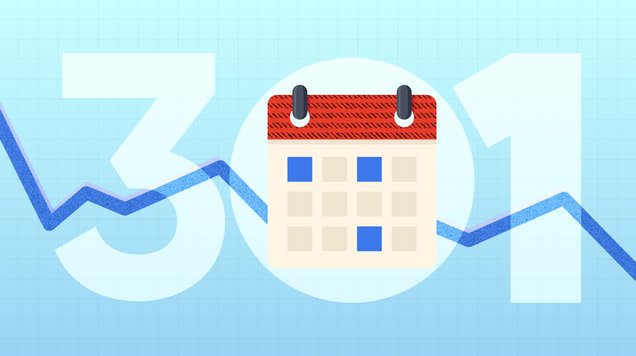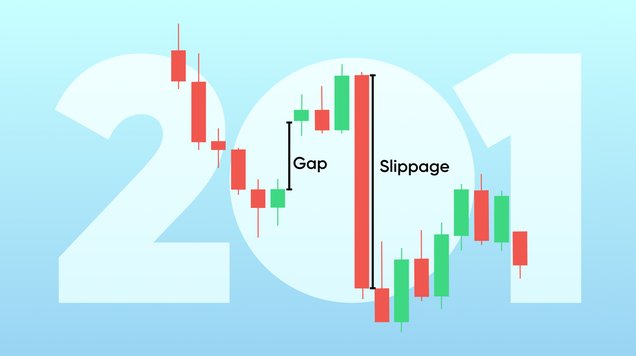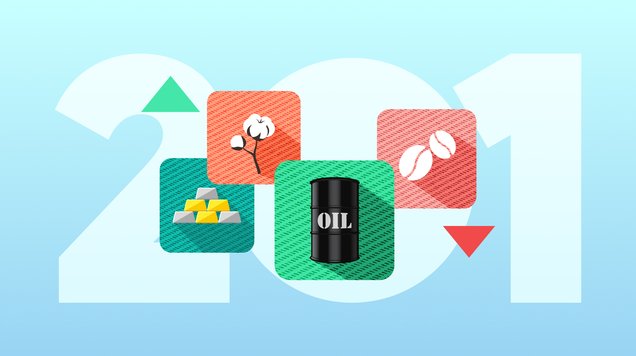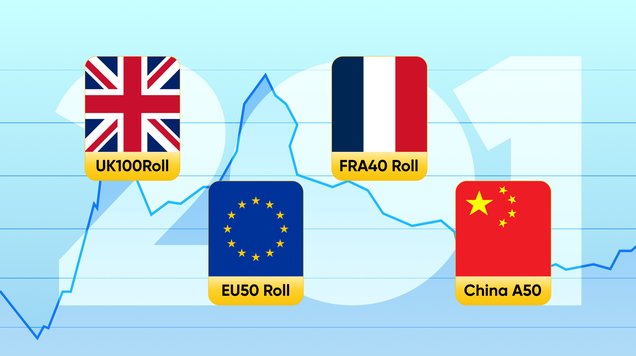Optimise your trading: Order flow tools
Read our guide to four popular order flow tools that can help you to upgrade your trading strategy and enhance trade execution.
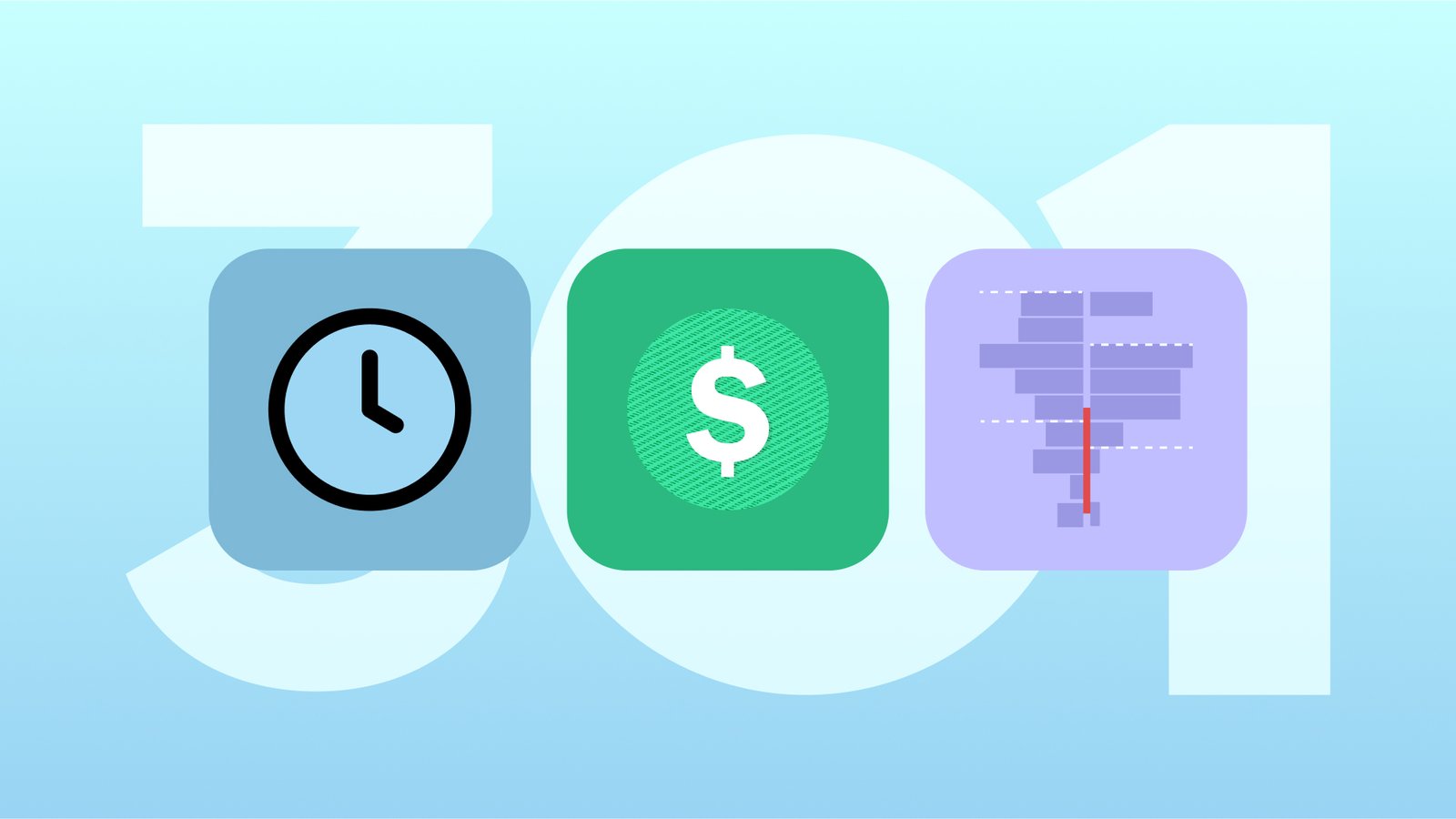
Order flow tools analyse and visualise the flow of orders in the market, providing information about the volume, type and impact of these orders
By using order flow tools, traders can gain valuable insights into market dynamics, liquidity, and potential price movements
Volume Profile, Time & Sales (T&S) data, Market Depth (Level 2) data, and Volume Delta are commonly used order flow tools
Determining the underlying driving force (buying or selling) will help traders with position sizing, entry points and exit timing
Understanding order flow is crucial for CFD traders as a major part of the market movements of any asset are influenced by institutional positioning
Introduction to order flow tools
Order flow tools analyse the orders that are being executed in the market. They provide traders with real-time data, for example on buying and selling activities and different market order types.
Through the analysis of these tools, traders can:
- Identify significant support and resistance levels
- Confirm the validity of breakouts and trend directions
- Gauge market sentiment and assess trend strength
- Determine optimal entry and exit points for trades
- Adjust position sizing based on the prevailing market sentiment
- Fine-tune risk management strategies
In CFD trading, where market movements are often influenced by institutional positioning, incorporating order flow analysis into trading strategies becomes particularly crucial. That’s why it’s important that traders understand how to use different order flow tools correctly.
There are numerous order flow tools that have become available to traders for focusing on market depth, volume, and directional bias. In this article we’ll introduce the common tools and how they can enhance your trading.
Different types of order flow tools
Volume Profile:
Volume profile is an order flow charting tool that shows volume traded at each price level over a specified period. It indicates in a visual form the various key levels or areas where high and low trading activity took place. It guides traders to better assess and investigate for price discovery and trends or patterns in the market.
Volume profile can be used to identify significant support and resistance levels, find value areas and confirm breakouts.
Time & Sales (T&S) data:
Time & Sales (T&S) data provides real-time information about individual trades, including the trade price, volume, and timestamp. It offers an in-depth view on market transactions as they occur. This allow traders to gauge how volume and price are intertwined and their significance in trade selection and execution.
Time & Sales data can be used by traders to assess market activity, confirm trade direction and spot large transactions.
Market Depth (Level 2) data
Market Depth, also known as Level 2 Data, displays the complete and comprehensive current order book, highlighting in real time all bid and ask prices along with the corresponding order sizes beyond the best bid and ask. It provides insight into supply and demand dynamics in the market. It also provides insights into the buildup of current directional bias for a particular asset.
Traders can use Market Depth data to identify support and resistance levels, assess order absorption and confirm market sentiment.
Volume Delta
Volume delta compares the volume traded at the bid price to the volume traded at the ask price, providing insight into buying and selling pressure in the market.
Volume delta can help traders to quantify buying and selling pressure, confirm price movements and assess trend strength.
How to use order flows tools to execute trades
Now that we have explored the popular order flow tools, let’s move on to how these tools can be used in practice for different purposes.
1. Volume Profile
Identify support and resistance levels:
Utilise volume profile to identify significant support and resistance levels based on traded volume. Look for areas where volume clusters occur, indicating levels where traders are most active. These levels often act as barriers for price movement and can provide strategic entry and exit points.
Determine value areas:
Analyse volume profile to identify value areas, representing regions of high trading activity. Consider trading within value areas as they indicate equilibrium in the market. Entering trades near value areas can offer favourable risk-reward ratios, with potential for price reversals or continuations.
Confirm breakouts:
Monitor volume profile for breakouts from key levels. Confirm breakouts with high volume participation, indicating strong market interest. Breakouts accompanied by significant volume are more likely to sustain, providing opportunities for trend-following trades.
2. Time & Sales (T&S) Data
Assess Market Activity:
Observe T&S data to assess market activity and trading intensity. Identify periods of high trading volume or rapid succession of trades, signalling increased market participation. These periods may offer favourable conditions for entering trades aligned with the prevailing market sentiment.
Confirm trade direction:
Use T&S data to confirm the direction of market sentiment before entering trades. Look for sustained buying or selling activity, supporting the intended trade direction. Trades entered in alignment with dominant market sentiment have a higher probability of success.
Spot large transactions:
Pay attention to large trades or clusters of orders, as they may indicate institutional activity or significant shifts in market sentiment. Trades following large transactions may present lucrative opportunities for entering or exiting positions.
3. Market Depth (Level 2) Data
Identify support and resistance:
Analyse market depth data to identify levels of support and resistance. Look for areas with significant buy or sell orders stacked in the order book as these levels often act as barriers to price movement and can be used for setting trade entry, exit, or stop loss levels.
Assess order absorption:
Monitor changes in the order book structure to gauge order absorption. Observe how the order book reacts to incoming orders, particularly large market orders. Rapid absorption of orders may signal imminent price movement, providing opportunities for entering or exiting trades.
Confirm market sentiment:
Analyse the balance between buy and sell orders in the order book. Assess the distribution of orders in the order book to gauge market sentiment. An imbalance in order sizes may indicate a bias in market direction, influencing trade decisions accordingly.
4. Volume Delta
Quantify buying and selling pressure:
Track volume delta to quantify the net buying or selling pressure in the market. You can use it as a confirmation tool for trade entry, looking for significant deviations from the baseline. High positive delta suggests bullish sentiment, while negative delta indicates bearish sentiment.
Confirm price movements:
Monitor divergence between price movements and volume delta. Divergence between price and volume delta may signal potential reversals or continuations, guiding trade entry or exit decisions.
Assess trend strength:
Track volume delta over time to assess the strength of trends. Look for sustained trends accompanied by increasing volume delta, indicating robust market momentum. Conversely, decreasing delta in the direction of a trend may signal trend exhaustion, prompting caution or potential reversal trades.

